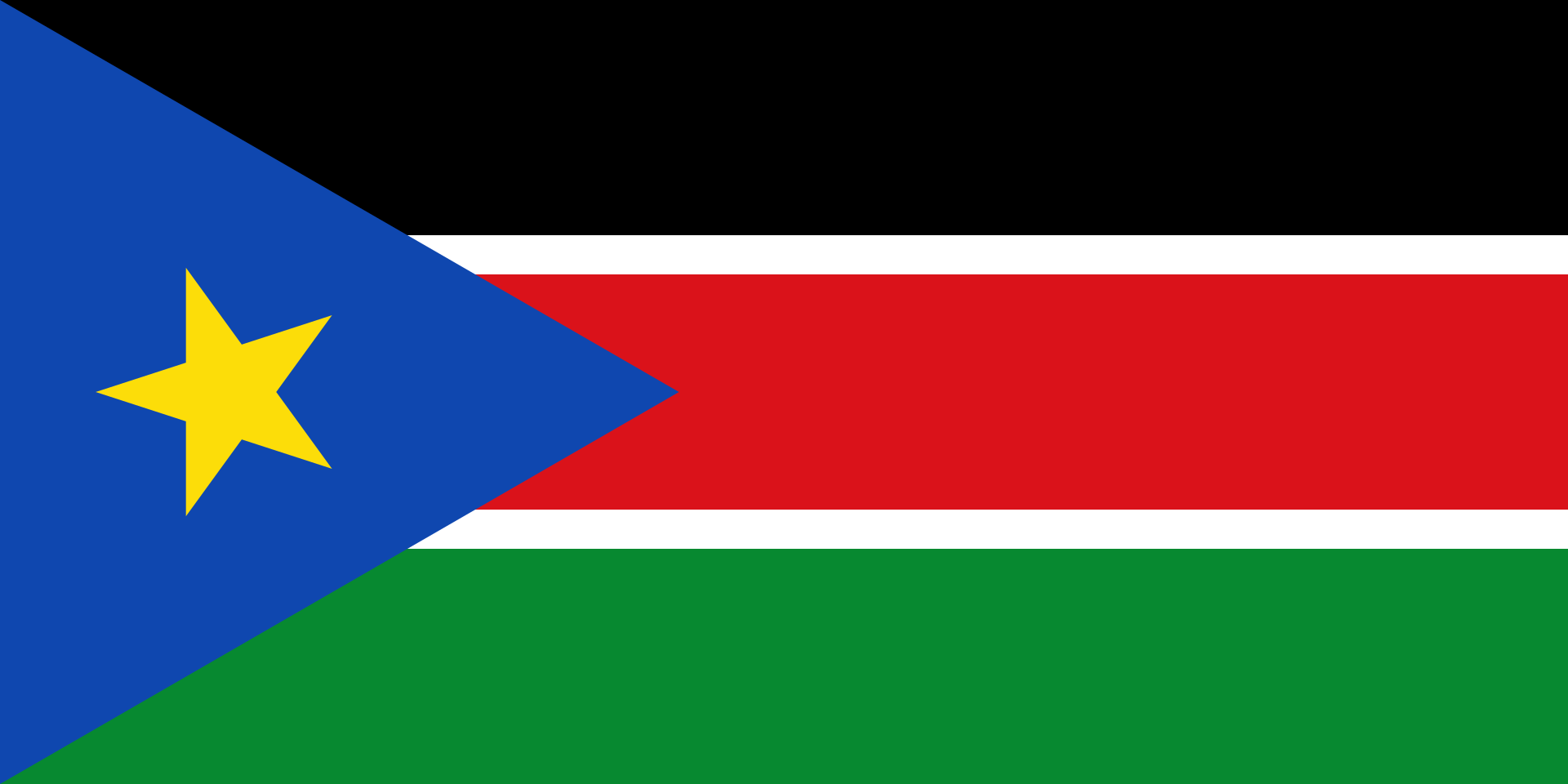About 50 police officers are undergoing a training course on Gender-Base Violence in Juba to enhance the protection of women and children against all forms of abuse.
The training organized by Reconstituted Joint Monitoring and Evaluation Commission (RJMEC) aimed at equipping the officers with the necessary skills that will enable them better address gender-based violence cases.
The law enforcement agency members were drawn from various police units in Central Equatoria State.
Speaking during the opening of a one-day workshop held in Juba on Wednesday, Dr. Thomson Fontaine, Deputy Chief of Staff of RJMEC, hailed the police for setting up Special Protection Units to prevent and investigate Gender and Child based offences.
“Despite the significant efforts undertaken by the Government of South Sudan and the international community, the pace of reform in the security sector (and especially police reform), with particular focus on Sexual Gender Based Violence (SGBV) convictions, is moderately low due to weak institutional capacity, poor inter-agency coordination, fragmentation of efforts and interests, as well as limited financial resources,” said Thomson.
“Also, the meaningful participation of women and girls in ongoing Security Sector Reform in general, and in the reform of the South Sudan National Police Service (SSNPS) in particular, as envisioned in Chapter 2 of R-ARCSS as an avenue to end SGBV and Gender inequality, leaves a great deal to be desired.”
For his part, Lt. Gen. Jackson Elia Hariha, Assistant Inspector General for Human Resource Development at National Police Services, said the victims of gender-based violence fear reporting the cases due to stigma.
“Noting that the victims of gender-based violence are not reporting the cases to authorities concern due to the social stigma and this is a big challenge in the Republic of South Sudan. Victims of gender-based violence don’t always report the cases to the police,” said Jackson.
Gender-based violence (GBV) is one of the most critical threats to the protection and wellbeing of women and children in South Sudan, according to reports. - Radio Tamazuj






